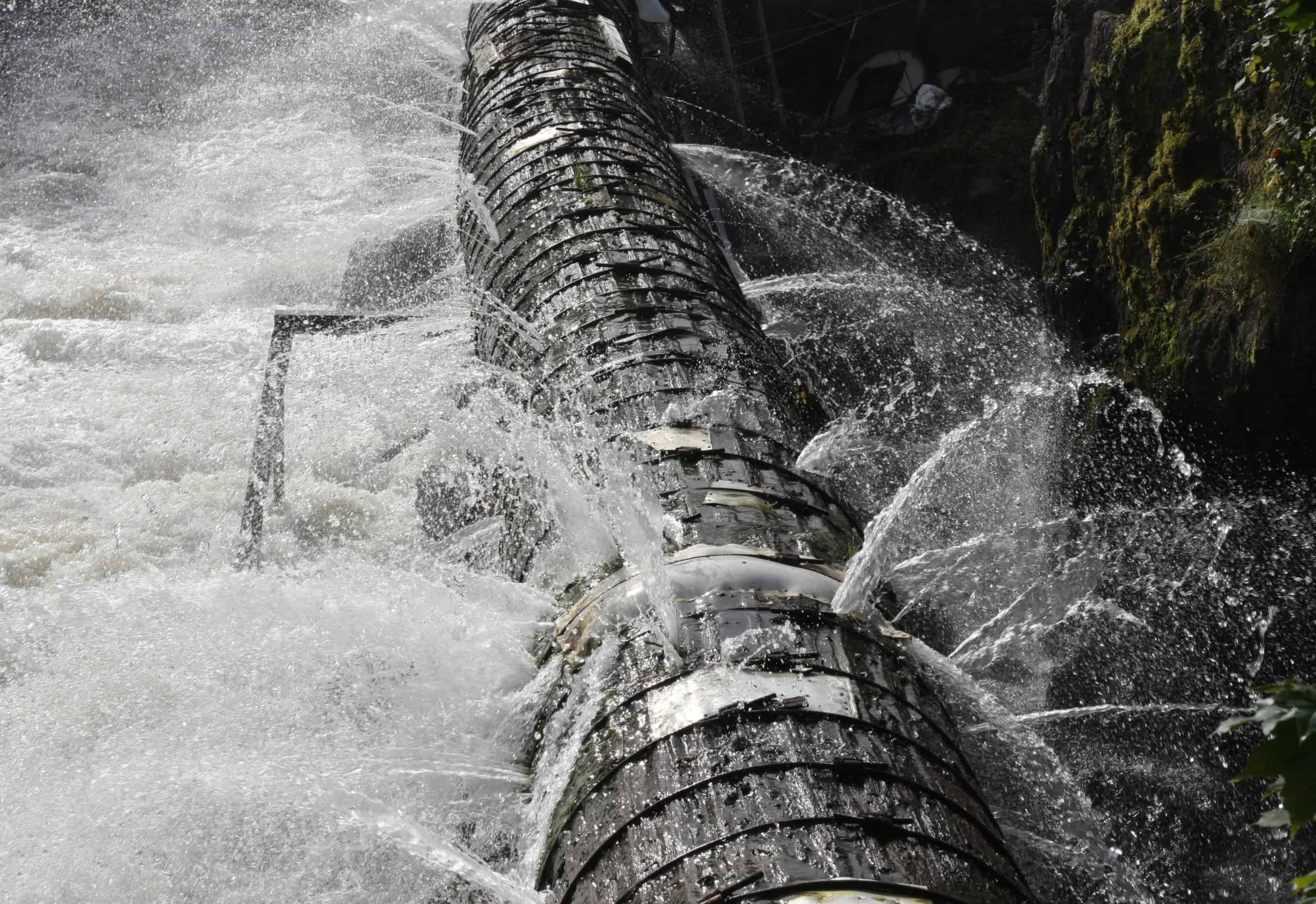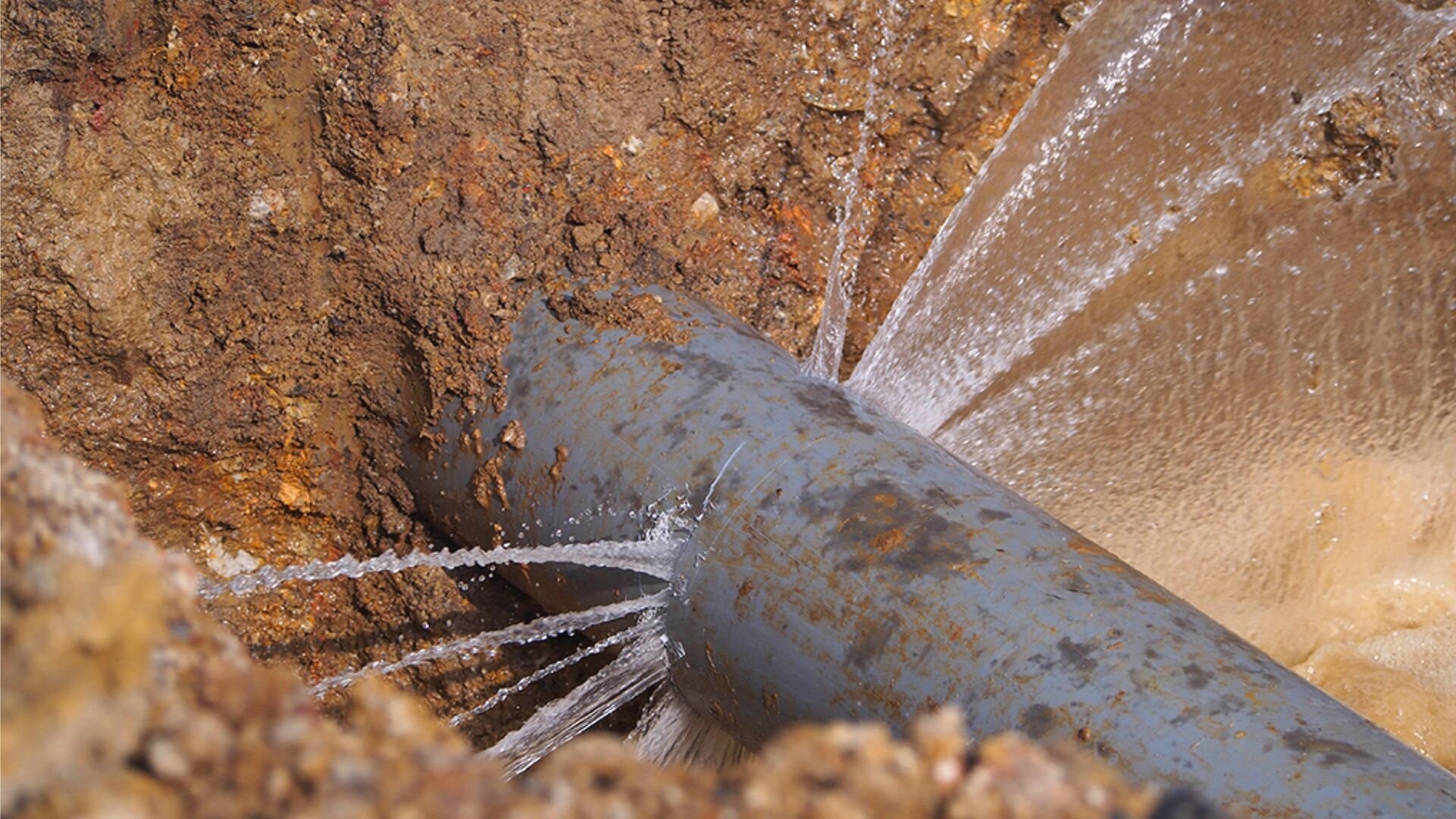Preventing a Burst Pipe: Tips for Protecting Your Plumbing During Winter
Preventing a Burst Pipe: Tips for Protecting Your Plumbing During Winter
Blog Article
Preventing Burst Piping: Vital Tips to Safeguard Your Pipes
Avoiding ruptured pipes is an essential concern for house owners, especially during colder months when the threat of cold is enhanced. Carrying out critical steps such as appropriate insulation, regular assessments, and preserving consistent interior temperatures can substantially reduce the possibility of pipeline failure. In addition, understanding emergency treatments outfits home owners to respond swiftly to prospective pipes concerns. Nonetheless, many are uninformed of the particular susceptabilities that their pipes may deal with. Checking out these susceptabilities can provide invaluable understandings into securing your plumbing system properly.
Understand Pipeline Vulnerabilities
Understanding pipe susceptabilities is important for efficient pipes maintenance and preventing pricey damage. Numerous variables contribute to the vulnerability of pipes to bursts, including product structure, age, and ecological problems. Older pipelines, particularly those made from galvanized steel or polybutylene, usually degrade in time, bring about boosted threat of ruptures and leaks.
Temperature changes can also dramatically impact pipe integrity. In cooler climates, water caught in pipelines can ice up, broadening and putting in pressure on the pipeline walls, which might ultimately cause a ruptured. High water stress can stress pipelines, particularly at bends and joints, enhancing the possibility of failing.

Insulate Water Lines Appropriately
Proper insulation of pipes is crucial for avoiding cold and subsequent bursts during winter (burst pipe). Shielding your plumbing system efficiently safeguards versus temperature level drops that can cause pricey damage. Begin by determining vulnerable areas where pipes are exposed to exterior temperature levels, such as basements, attics, and exterior walls
Usage foam pipe insulation sleeves or cover insulation tape around these locations to supply a protective barrier. Make sure that all areas of the pipes, especially those with minimal warmth exposure, receive adequate insulation. Pay special attention to installations and joints, as these are extra vulnerable to freezing.
When shielding, it's necessary to choose materials that satisfy local building ordinance and are suitable for the particular environment. As an example, fiberglass insulation is often recommended for its thermal resistance residential or commercial properties - burst pipe. Additionally, consider utilizing warmth cords or tape in extreme problems, which can be connected in to give extra heat
Consistently examine shielded pipelines for any type of indications of wear or damages, as jeopardized insulation can decrease its efficiency. By taking these aggressive actions, you significantly reduce the risk of pipeline bursts, making sure a dependable pipes system throughout the winter months.
Maintain Consistent Temperature Level
A steady interior temperature level is essential for preventing burst pipelines during the frigid months. When temperature levels drop, water within pipelines can freeze, expanding and creating stress that might inevitably cause the pipelines to burst.Making use of a programmable thermostat can assist handle indoor temperatures properly, ensuring that rooms with plumbing continue to be cozy also when the home is empty.
This small flow of water can stop cold by alleviating pressure within the pipes. By applying these methods, home owners can considerably decrease the threat of pipeline bursts and protect their plumbing systems against the rough winter months aspects.
Regularly Examine Pipes
Regular examinations of plumbing systems are important for preventing ruptured pipes and keeping general home honesty. Throughout these assessments, it is crucial to analyze noticeable pipes for signs of deterioration, leakages, or use.
Additionally, examining joints and connections is crucial, as these factors are typically prone to leaks. Homeowners should also assess water stress levels, as excessive stress can stress the plumbing system and increase the threat of pipeline bursts.
Think about scheduling specialist pipes examinations at the very least once a year, specifically prior to winter season, to ensure your system is prepared for chillier temperature levels. By being aggressive in your strategy, you can secure your home against the turbulent and pricey repercussions of burst pipes.
Know Emergency Procedures
Recognizing emergency procedures is important for every homeowner, specifically after conducting normal pipes assessments. Being prepared for a plumbing emergency can substantially minimize damage and save prices.
Next, maintain essential tools helpful. A plumbing emergency kit should include a wrench, bettor, and towels, as well as a flashlight and a pail for small leakages. In addition, take into consideration having the contact info for a trusted plumbing readily available, should the situation intensify beyond your control.
If you detect a leakage or burst pipe, quickly switch off the water supply and notify your plumbing professional. Furthermore, document the damage with photos for insurance coverage functions. burst pipe. Know the signs of potential pipes problems, such as unusual water stress variations or damp places on walls
Eventually, aggressive understanding and swift action are crucial in handling pipes emergency situations, ensuring your home remains protected and read more reducing possible damage.

Final Thought
Finally, protecting against burst pipelines requires a complex method that includes understanding pipe vulnerabilities, correct insulation, preserving constant interior temperature levels, regular evaluations, and understanding of emergency situation procedures. By carrying out these vital strategies, the threat of pipes failures can be dramatically decreased, thereby making sure the long life and performance of the plumbing system. Proactive measures not only protect against prospective damages yet likewise add to total water conservation and the protection of residential property.
In chillier climates, water trapped in pipes can ice up, expanding and applying stress on the pipeline wall surfaces, which may ultimately lead to a ruptured. When temperature levels decline, water within useful content pipes can ice try this up, producing and broadening stress that may ultimately create the pipes to ruptured. By applying these techniques, homeowners can considerably reduce the danger of pipeline ruptureds and protect their pipes systems versus the extreme winter elements.

Report this page